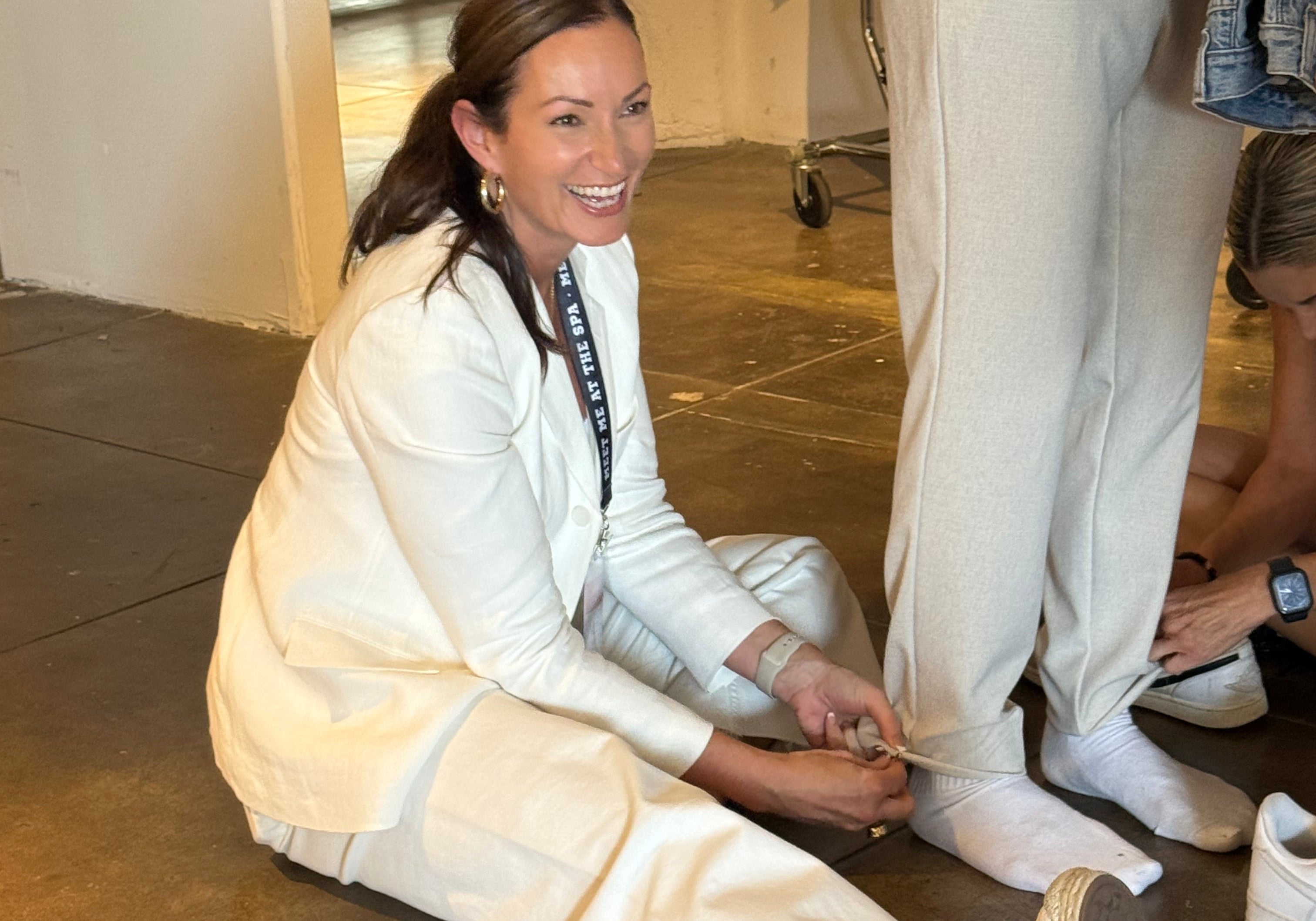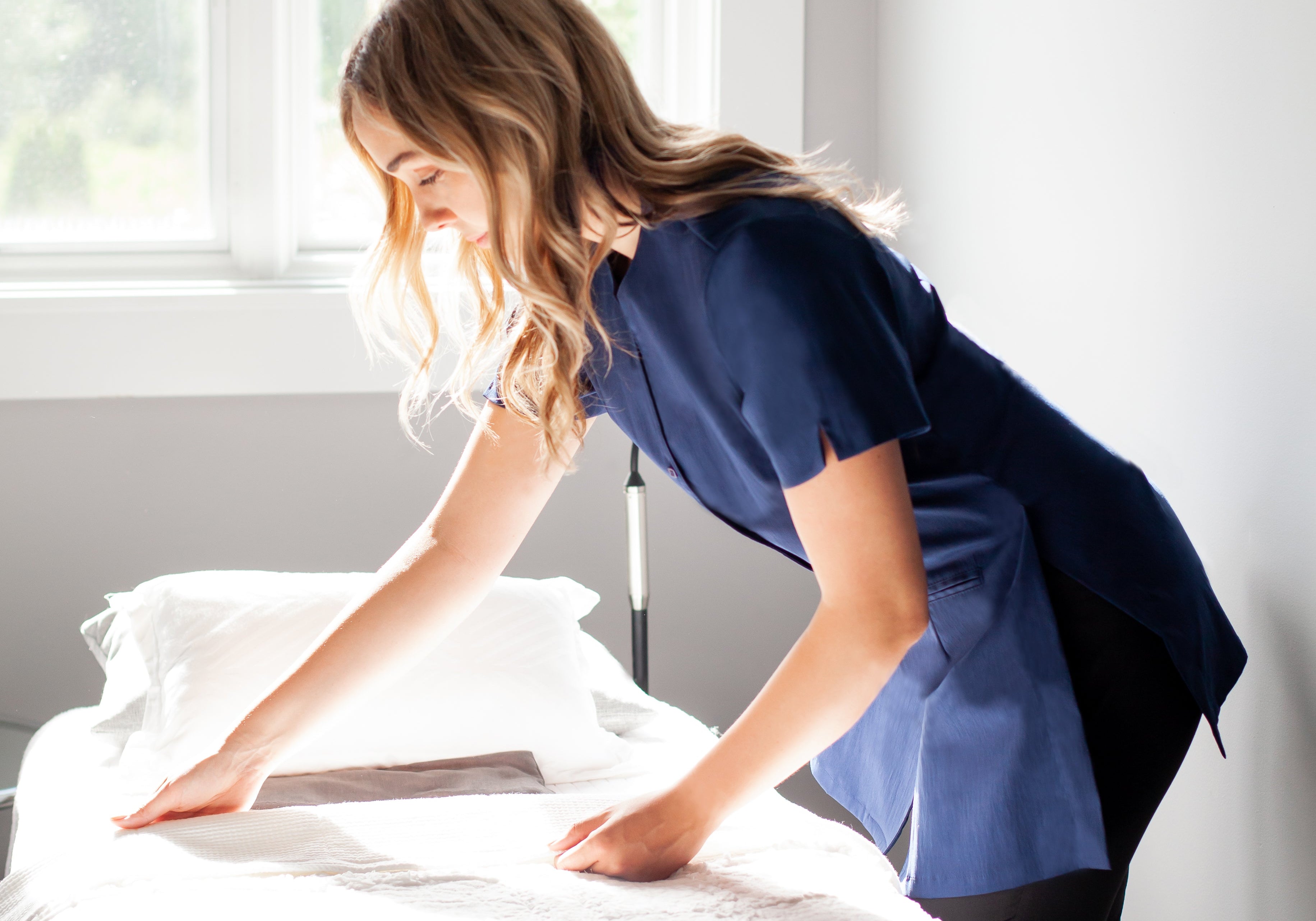Tech trends that are reshaping the fashion industry | 3D printing, wearables, virtual reality, artificial intelligence, and fast fashion
Technology is changing the way fashion is designed, purchased, and worn. And while the fashion industry may not be known for our forward thinking around emerging technologies, we do know how to spot a good idea.
The risk is, staying on the cutting-edge can sometimes mean wasted energy in trends that don’t deliver. At the same time, falling behind can mean becoming irrelevant to customers. And with the rapid pace of change in our industry today, falling behind quickly becomes staying behind.
In this post, we’ll explore five trends hitting, and reshaping, the fashion industry today, and look at the challenges, opportunities, and implications of each for designers.
Artificial Intelligence (AI)
“In 2018, AI enhancements will go beyond the traditional areas of machine tasks into creative and customer interaction processes, blurring the line between technology and creativity.”
The above quote comes from a 2018 report from the Business of Fashion and McKinsey & Company, who explored opportunities in artificial intelligence across the fashion value chain. Their findings were conclusive: the companies that adopt AI will deploy it to reinvent and lead in design, customer service, manufacturing and marketing.
“Leading fashion companies will use it to enhance the creative process, design and product development,” the report predicts. “They will, for example, use algorithms to sift vast amounts of data to predict which product features customers are most likely to prefer.” In fact, companies like Amazon and StitchFix are already deploying AI to start the creative design process with algorithms.
In these cases, AI pairs with human reasoning to enhance creative capacity. “This is not the same as the creative process, and it’s not replacing it,” says Tommy Hilfiger's chief brand officer Avery Baker in an interview with DigiDay. “It’s answering: How can data make us smarter?”
With benefits to forecasting, speed, cost, availability and customization, experts predict that customers will begin to expect the benefits they receive from fashion companies who have adopted AI to become available in all of their shopping.
3D Printing
3D printing has been called the new industrial revolution, promising innovation to both business models and consumer behavior. And while it’s currently trained more in hard than soft materials, we can imagine how the ability to print your new employee their own custom fitted Noel Asmar tunic from the comfort of your own workplace. The possibilities seem endless.
“Imagine being able to walk into a store, hop on a treadmill, have your foot measured to a T and get a pair made based on your results in less than 24 hours,” describes Edgar Alvarez of Engadget. “This approach means the shoes would match your footprint elements, including contour details and precise pressure points -- which, in turn, could give you the most amount of comfort.”
As promising as the emergence of 3D printing is for fashion designers, it still poses challenges around IP infringement and counterfeiting. We can also expect that the shift to 3D printing will change the presence of luxury brands in the marketplace.
Wearables and Smart Fabrics
A small but growing field of designers has begun to create clothing and accessories that assist the wearer in monitoring and/or motivating everything from health to the world around them. As the user goes through their day, the wearable collects data and syncs it with their preferred device.
And the market is growing. With 325 million wearable devices connected worldwide and revenue forecasted to reach around $26.43 billion in 2018 according to Statista.
In an interview with Racked, Women of Wearables co-founder Michelle Hua described a future in which our clothes listen to our body. For now, though, she says “the industry is moving to smart textiles, clothes that interact while you’re wearing them.
Virtual and Augmented Reality
While still in its early days, virtual and augmented reality has already begun to build value for the designers that use them. From virtual fashion shows where customers find themselves in the front row of their favorite designer’s catwalk to virtual fittings where customers can try on different outfits in an instant.
“Through virtual fitting, customers can view different outfits with simply a swipe of the hand, and the retailers can keep measurements on file to ensure the perfect size every time” describes Awane Jones, President of Zone 3 VR. Jones notes that those who make the shift into 360 video and mixed reality will be joining top designers in the field, such as Dior, Topshop, and Balenciaga.
Getting in early with mixed reality means getting an edge on a technology that promises to reshape the way we engage and navigate the world around us. At the same time, it’s important to scale expectations for where the consumers, hardware and resolution limits are at today.
“When one thinks how engaging VR could be, I imagine that this will indeed be even more important than mobile in the grand scheme of things,” says Luca Solca, head of goods at BNP Exane Paribas. “However, it took 20 years for e-commerce to reach an inflection point. I’d imagine VR would need a similar amount of time to really shape our everyday experience in the same way as our mobile phones.”
Fast Fashion
Made possible by the technologies described above, many designers are making the shift to rapid prototyping and replication. Gone are the days of only two fashion seasons. Fast fashion — in which retailers identify and deploy new trends in an agile and rapid supply-chain environment — has as many as 52 weekly “micro-seasons” per year.
“This allows fast fashion brands to beat traditional labels to market,” according to research from CB Insights. “Garments and accessories strutted down runways in September and February may get spotted and replicated by fast-fashion brands before the originals even hit stores.”
The fast fashion movement is changing to give customers what they want, exactly when they want it: now. “Listening to the customer is very important, and what the customer wants is immediate gratification,” says Hilary Milnes, senior reporter with DigiDay. “I want them to see something on the runway, click and buy it. I want the fastest delivery and the most incredible experience. If there’s no risk, there’s no reward, and our risk was changing our entire design and production process.”
Conclusion
Through the influence of artificial intelligence, 3D printing, wearables, virtual reality, fast fashion, or other emerging technology, our industry is being disrupted. The way we design, the way our client's shop, and the pace of change will likely look significantly different in 15 years.
Having just celebrated our 15 year anniversary here at Noel Asmar Uniforms, we’d like to hear from you about what you think the fashion industry and design process will look like 15 years from now. In what ways do you think the industry will be disrupted? In what ways will we still be the same? Share your thoughts in the comment section below, or on social media on Instagram, Facebook, or Twitter.




